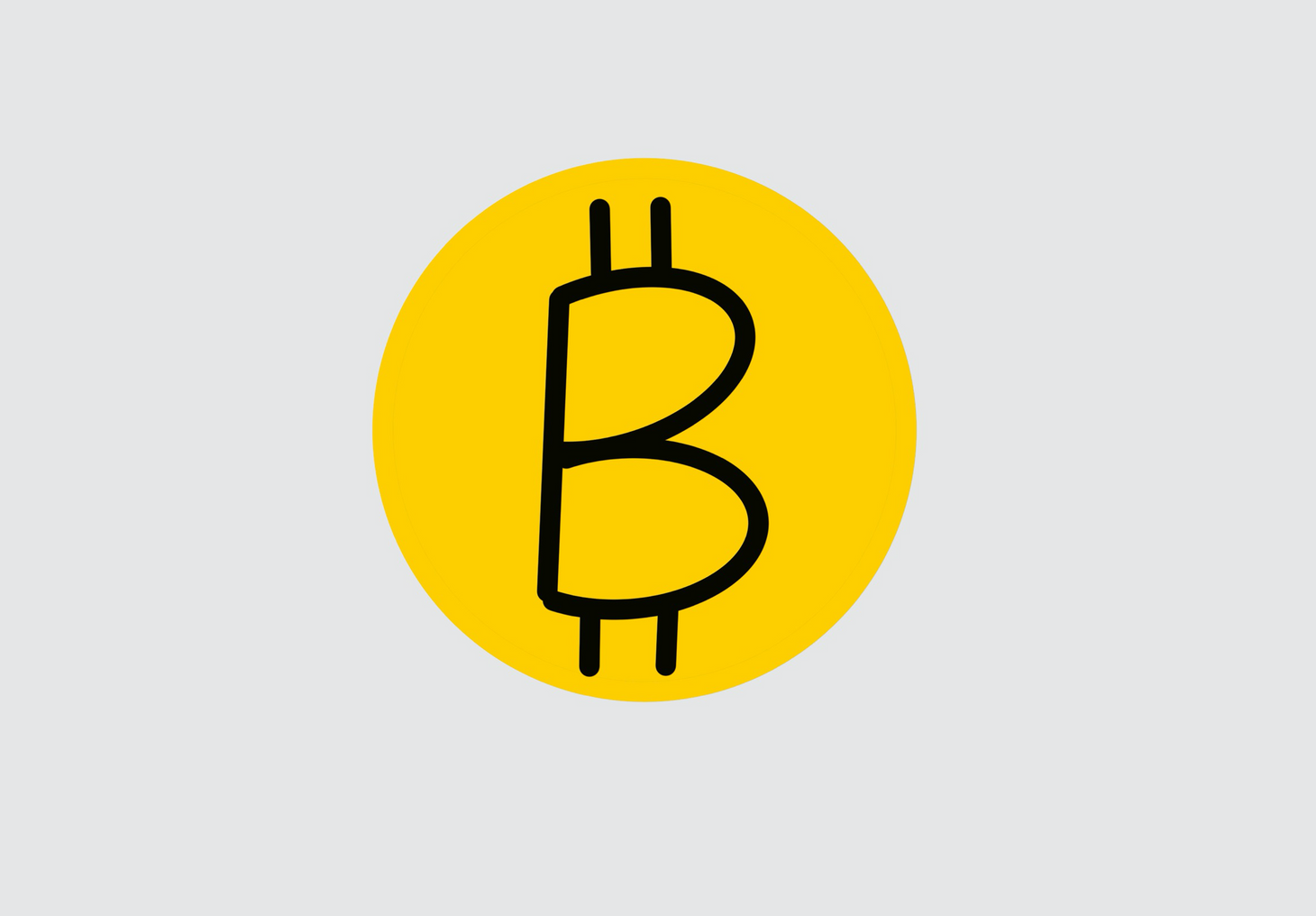Evolution of money, and Bitcoin

Table of Contents
Hey there,
In last week's article, we discussed how an increasingly digital society has led to a move from a materials-based-economy to an attention-based-economy. Today, we're talking about the life journey of money through history, and the advent of Bitcoin.
I'm sure all of you've heard of Bitcoin, it was all the rage in 2017 when its price went from about $1,000 at the start of the year, to a high of $19,665 in December 2017. Since then, it's fallen to a low of ~ $3,000, and currently trades at ~ $11,350.
This article seeks to share -
- How the changes in money are driven by the changes in society,
- The need for a new kind of money, and
- The concept of Bitcoin.
Though I recommend that you read the full post in flow, feel free to skip to the part you're interested in by clicking on it.
I hope you'll enjoy it. :)
The story of money is the story of society
It's futile to talk about money as is. Money fuels economies. Economies are driven by society. And society is just the sum of its participants, ie individuals.
As individual lifestyles change, societies and economies change as well. Think of the changes due to trains, telephones, electricity, information technology, and so on. When economic change is too steep, money needs to change to keep up.
So, any narrative on money will always touch upon human behavior, societies, and economies. Let's see how -
Early man was constrained by geographical limits, and hence their transactions were limited to those within the small sized societies they lived in. Thus to enable transactions, the barter system (and later stones) worked just fine.
With every layer of innovation in communication and transportation, it became more and more convenient to interact and transact with people who lived in far off lands. This pushed money to reform itself from stone, to metals, to coins made of stone and metals, to paper money.
Over time, Gold became a widely accepted medium of exchange, which everyone found to be valuable. But, its weight and susceptibility to theft led to a logical improvement - paper money backed by gold - certificates that represented ownership of a certain amount of gold, exchangeable for actual gold. This 'gold backed paper money' was issued by governments and central banks, who held equivalent amount of gold in vaults.
Each country had it's own gold backed paper money, hence allowing international trade to happen smoothly. This was called the 'gold standard', and it worked perfectly.
But then, bad behaviour happened.
Bad behaviour, and unsound money
During World War 1, most European countries printed more and more paper money to purchase weapons, without actually increasing the gold in their vaults. This led to a mismatch between paper certificates representing gold in the vault, and actual gold in the vault. After the war, they banned conversion of paper money into gold.
Some twenty-five years later, near the end of World War 2, from supplying large amounts of weapons to its allies (and receiving payment in gold), the US had accumulated a vast majority of the world's gold reserves. Thereafter, a new agreement was made between the Allied countries under which, the price of the US Dollar would be linked to the price of Gold (at that time $35 per ounce of gold), and the price of every other currency would be linked to the price of the dollar. This agreement aimed to revive the 'gold standard'.
Most international trade now happened via the US dollar. Soon enough though, again, self interest spoilt this system.
In the late 1970s, due to US' spending during the Vietnam war, there were concerns around the strength of the dollar. Countries who had accumulated dollars from foreign trade, wanted to exchange them for gold (from America's central bank - the federal reserve). In 1971, the US announced decoupling of the dollar from gold. Hence, the dollar standard fully replaced the gold standard.
Prices of all currencies, now, floated freely; and were determined only by demand and supply. They're backed by nothing except the guarantee of the issuing country. Hence the name fiat currency (fiat in Latin means - let it be done). Currency that is brought into existence because a government wills it.
Conceptually, this is problematic.
Every government wants to effect economic growth. Economic growth requires high spending. High spending must be funded; the sources - tax revenue, selling assets, or printing money. People usually don't reelect governments who increase taxes. There's only so many assets a government can sell. So, governments are inclined to print money. Money printing, though leads to economic growth in the short term, in the long term, it increases the supply of money in the system viz-a-viz the goods and services being produced, this leads to inflation. Inflation silently makes everyone poorer, since their savings are worth less.
This is the conundrum of unsound money.
So, crypto or no crypto, humanity needs a currency that can be trusted. Which isn't controlled by a country or a government - who can through their actions affect its value, and in turn affect everyone who holds it. A currency which ensures that savings of the savers continue to be valuable over time.
Enter Bitcoin
Whether one considers Bitcoin investment-worthy or not, is a question for another day. However, it uses many 21st century digital-first concepts to offer a unique solution to a big problem. And just for that reason, it's worth taking a good look.
Bitcoin is many things, we'll take them one at a time.
Bitcoin as a payments system
Bitcoin is a payment system. Like MasterCard. There are differences, though.
MasterCard the service, is offered by a US-based company with the same name. For every transaction, MasterCard takes a cut, a fee for enabling the transaction. So in effect, there are a minimum of three parties to the transaction - the sender, the receiver, and MasterCard.
In the case of Bitcoin however, no one person or organisation owns or controls it. The system is basically just a piece of code designed to run a certain way; so no cut or fee is charged on the payments made on it. And there are only two parties to a transaction - the sender and the receiver.
For this reason, Bitcoin is called a decentralised peer-to-peer system.
Bitcoin as a currency
Bitcoin's creators were keen on wrestling power away from central banks. They felt that, savers money shouldn't lose value due to the acts of a centralised authority. So, the core idea was for Bitcoin to become an alternative currency.
The fact that Bitcoin has existed now for over a decade is testament to the fact that there are many adaptors who concur with this school of thought.
Bitcoin as a distributed and secure accounting system
Centralised authorities exist because societies need someone they can trust to keep record. This person is expected to be fair, trustworthy and honourable. Without pointing fingers, it's safe to say that that hasn't always been the case.
To mitigate this issue, Bitcoin runs on a technology called the blockchain. I'm sure you've heard or read about what it is in many places, and probably think it's very complex, but bear with me.
Blockchain is just a way of keeping record. Without a centralised authority doing so.
Think of it this way, in a cricket match, match referees and scorers keep unbiased records of what goes on. But they too can at times make mistakes. And there may even be rare cases of fraud.
Now, consider that in a match is between India and Australia, instead of referees and scorers, a software performs those jobs. This software is installed on the personal computers of both the teams, and every match event is recorded in both systems through the software in the exact same way. Hence, if one were to try to alter some records, the record of the two wouldn't tally. This automated form of record keeping, at the end of all participants, ensures that everyone can trust the records.
Now, say every cricket team in the world has the same software installed on their system with all records being updated in each one's computer. There is actually no way for anyone to alter information, unless one does it in every system.
This software, and this concept explained through cricket, is a blockchain.
A chain containing blocks of information, updated in the system of every user on the network.
Bitcoin as an anonymous network
The bitcoin system uses encryption to protect user information from being leaked to people for whom it wasn't intended.
This works by converting information (into code) based on a pre-set formula. The recipient of this information, upon receiving it, decrypts it. For example, if I want to encrypt the word STEBI, and the pre-set formula being used is +3, it would become VWHEL. It goes without saying that the levels of encryption used in the real world are much more complex.
All these feature put together make Bitcoin as a plausible alternative to fiat currency in todays increasingly digital world. But there are still many questions around its value, adoption, efficiency and so on. But, I for one find it fascinating and plan to keep learning more and more about it.
In future articles, I plan to write about Bitcoin and other cryptocurrencies in far greater detail. So, do subscribe if you'd like read more.
To reiterate, please do not consider this write-up as investment advice.
Thanks for reading, and have a great week. :)
Stebi Newsletter
Join the newsletter to receive the latest updates in your inbox.

